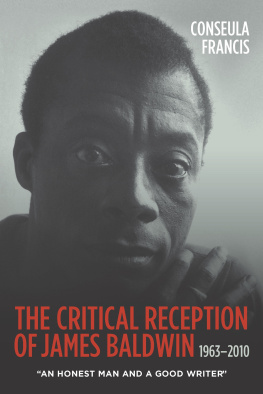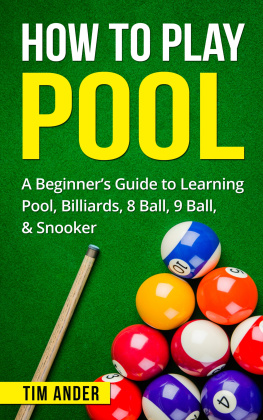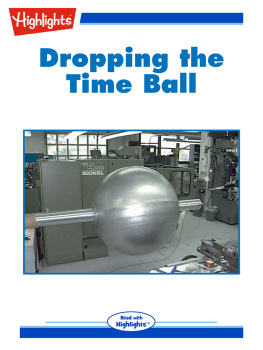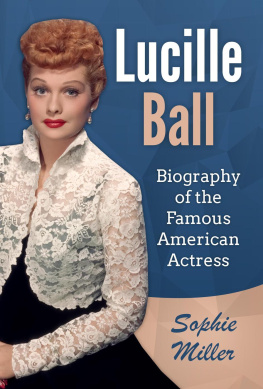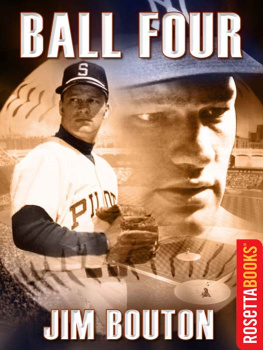
Jahangir Khan (Pakistan) and Anthony Hill (Australia).
To the next Mark Talbott
may he, or she, honor the soft ball
with the same excellence and dignity
that Mark did for the hard ball.
Copyright 2014 by Austin M. Francis
All rights reserved. No part of this book may be reproduced in any manner without the express written consent of the publisher, except in the case of brief excerpts in critical reviews or articles. All inquiries should be addressed to Skyhorse Publishing, 307 West 36th Street, 11th Floor, New York, NY 10018.
Skyhorse Publishing books may be purchased in bulk at special discounts for sales promotion, corporate gifts, fund-raising, or educational purposes. Special editions can also be created to specifications. For details, contact the Special Sales Department, Skyhorse Publishing, 307 West 36th Street, 11th Floor, New York, NY 10018 or .
Skyhorse and Skyhorse Publishing are registered trademarks of Skyhorse Publishing, Inc., a Delaware corporation.
Visit our website at www.skyhorsepublishing.com.
10 9 8 7 6 5 4 3 2 1
Library of Congress Cataloging-in-Publication Date is available on file.
ISBN: 978-1-62873-700-4
Ebook ISBN 978-1-62914-099-5
Printed in China
Cover illustration by Carol Fabricatore
Computerized court projections by Michael Wurmfeld, A.I.A. Illustrations of grip, stroke, and players in court diagrams by Carol Fabricatore. Illustrations on pages 109, 113, and 115 by Michael Witte. Photographs by Viktor Von Dracek, while on assignment for Squash News .
Throughout this book the pronouns he, him, and his are used inclusively and are intended to apply to both males and females.
All descriptions of shots and tactics are written with right-handed players in mind.
CONTENTS
6. Volleying and Serving
PREFACE TO THE 2014 EDITION
S mart Squash: How to Win at Soft Ball is an American story. Austin M. Francis, a Princeton graduate and long-time squash player, wrote and published the original version of this book in 1995 during the apex of the switch from hard-ball squash to the international game of soft ball. It succinctly chronicles the evolution of squash in North America from its earliest days in the 1920s to the present. Then it characterizes the primary differences in the two games, including shotmaking and, more important, the distinctions in shot choices between the two versions of the sport.
In the early 1900s, squash was standardized in the UK by consensus on the soft ball we know, including court dimensions. Similar yet different decisions being made at that time on this side of the Atlantic set in motion a parallel version of the game played in the United States, Canada, and Mexico for over 75 years. But the hard-ball game was not played outside North America. Over the course of time, in the many international squash matchups that occurred, it became clear that the United States was losing ground to the international players. It seemed too hard a switch for many to contemplate who were well into their squash careers.
If American players were going to compete on the world stage, there would need to be a sea change; slowly, with some reluctance, the soft-ball game was introduced at universities, in private clubs, and at the grass-roots level. As more and more players adopted the game, by the mid-1990s the narrow, American singles courts around the country were being converted in droves to the two-and-a-half-foot-wider international singles courts. It was the beginning of a new era for U.S. squash.
At the time, the best American player was a gentleman named Mark Talbott, to whom this book is dedicated. Fortunately for Talbott, the switch to soft ball came late in his career, making him feel, however, that he was being forced into retirement. He shared many of his insights on the changeover in the nature of the game and they are summarized in this book, along with the best thoughts and strategies from many of the most prominent North American squash players and coaches who lived through the games evolution. Among these are Paul Assaiante, Demer Holleran, Bob Callahan, John Nimick, and Gary Waite, to name just a few.
Squash is commonly referred to as physical chess for good reason. It is a test of skill and fitness, but it also pits ones will and competitive strategy against another. One cannot rely solely on fitness and ball-striking ability to win at this game. It requires a deeper understanding of angles and momentum, plus a high level of imagination and creativeness. Even if you never played hard-ball squash, this book conveys insights and practical information that are fundamental to winning with the soft ball. Andintriguinglyfor players who want to take up or improve their hard-ball doubles game, Smart Squash is extremely valuable. Might another book on that game be around the corner?
Austin Francis neatly and thoroughly captures the good advice of some of the best squash minds in the world in one comprehensive text. He explains the key aspects in the swing and in shot choices in a manner that is easy to understand and implement immediately. Whether you are new to the game, whether you grew up playing hard ball or soft ball, the advice here will help you with shotmaking, tactics, match strategy, and off-court preparations.
If you want to be inspired to play the game more like a professional, or just understand why and how the soft ball became pervasive the world over, then I encourage you to read this outstanding step-by-step guide to winning soft-ball squash.
Brett Erasmus
October 1, 2013
INTRODUCTION
A fter twenty-nine years of playing North American, or hard-ball squash, I became one of the thousands of players who surrendered to the international soft ballthat squishy, mushy nothing of a ball that has invaded our red-blooded, all-American sport. There were so few hard-ballers left, I had no choice if I wanted to keep playing squash.
Now, eighteen months later, I have made my peace with the soft ball. Worse yet, from one of my die-hard(ball) friends perspective, I have come to love it. And, as I did years ago for the hard ball, I have written a book about it.
The purpose thenin Smart Squash: Using Your Head to Win was to provide a mental framework for overcoming distractions and playing a focused game. The purpose now is more ambitious. Because soft-ball squash is so completely different, and especially because the majority of American squash players grew up with the hard ball, I faced the need to write a from-the-ground-up, how-to manual.
Moreover, when pitted against native soft-ballers, our American players are embarrassingly inept. The men cant even qualify for the big international tournaments, and the women barely make it past the first round. What are we going to do about it? I hope this book provides an answer. To the extent that it does, its purpose is to provide a road map to American parity with the rest of the squash world.
The German philosopher Georg Hegel believed that you cannot know a thing well without knowing its opposite. As I progressed in the task of defining the soft-ball game in the ways it differs from hard ball, it gave me reason to hopeperhaps hubristically sothat I have provided a sharper focus on the game than has existed up to now, in that it forced me to explain why the techniques and strategies of soft-ball squash are the way they are.




